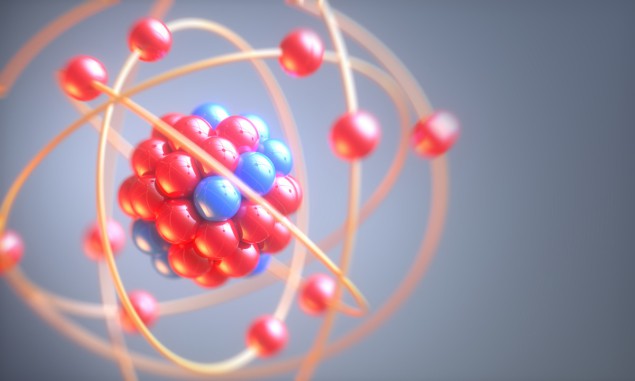New optical timekeeper is 10 times more reliable than caesium atomic clocks
22 Oct 2019 Hamish Johnston
Reliable ticker: physicists have created an all-optical atomic timekeeper. (Courtesy: iStock/Altayb)
A new timekeeper based on trapped strontium atoms accumulates an error of just 48 ps over 34 days of operation – making it 10 times more reliable than current caesium time standards. This new record for performance has been set by physicists in the US and Germany, who used a silicon cavity and a diode laser to back-up the time signal generated by the atoms.
The current international time standard is Coordinated Universal Time (UTC), which combines the signals of hundreds of caesium atomic clocks worldwide.



